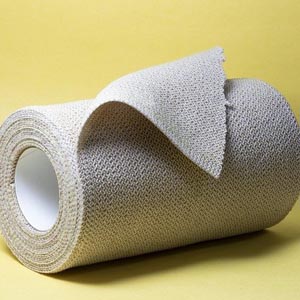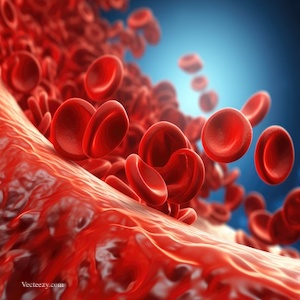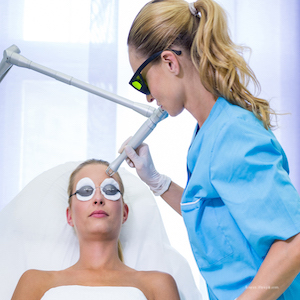Adverse effects associated with ablative lasers when treating common dermatologic conditions: a systematic review of 946 patients

All claims expressed in this article are solely those of the authors and do not necessarily represent those of their affiliated organizations, or those of the publisher, the editors and the reviewers. Any product that may be evaluated in this article or claim that may be made by its manufacturer is not guaranteed or endorsed by the publisher.
Authors
CO2 and Er:YAG are the two most common types of ablative lasers in use today. Ablative lasers are known for their superior efficacy in penetrating deeper through the skin layers when compared to non-ablative lasers. This review compares the outcomes and adverse events associated with CO2 and Er: YAG lasers, in conjunction with other therapeutic modalities, in the treatment of common skin conditions. A PRISMA-compliant systematic review of PubMed and Embase databases was conducted from January 2012 to December 2022. Study types that were eligible for this review included clinical trials, randomized controlled trials, case reports, case series, cohort studies, and meta-analyses. The study protocol was registered (PROSPERO 2022: CRD42022348569). The search strategy produced 27 studies comprising 946 patients who were treated for acne scars, postacne hyperpigmentation, solar lentigines, facial rejuvenation, refractory vitiligo, and epidermal verrucous nevi. Erythema, pain, and hyperpigmentation were the most commonly reported adverse effects. A higher rate of adverse events was observed in CO2 laser therapies (n=610, 64.5%) when compared to Er: YAG and other laser cohorts (n=40, 4.2%). Both CO2 and Er: YAG lasers demonstrate similar efficacy in the treatment of benign cutaneous conditions. Further research is needed for parallel comparison of CO2 and Er: YAG lasers.
How to Cite

This work is licensed under a Creative Commons Attribution-NonCommercial 4.0 International License.









